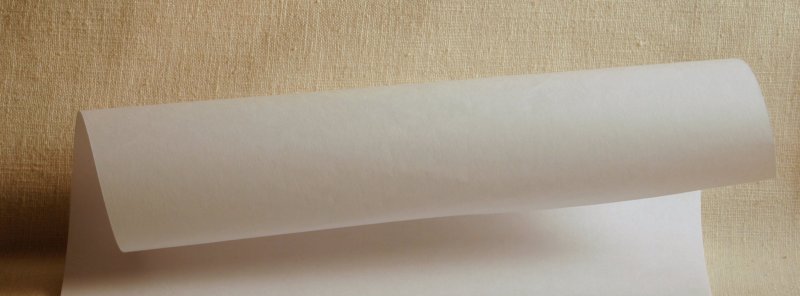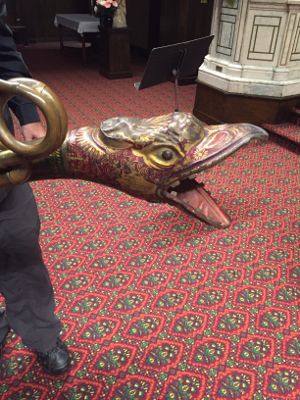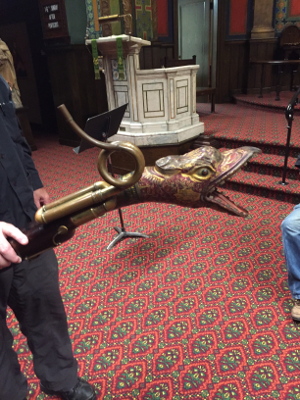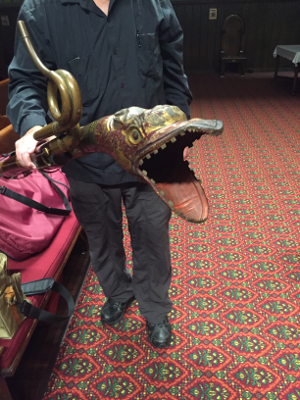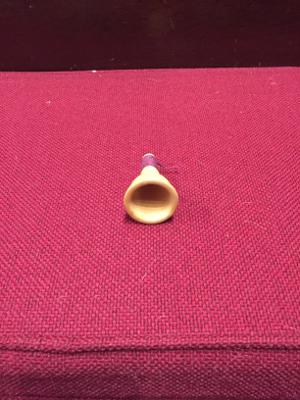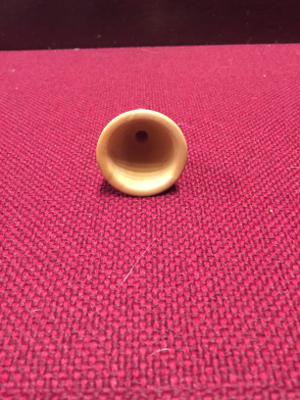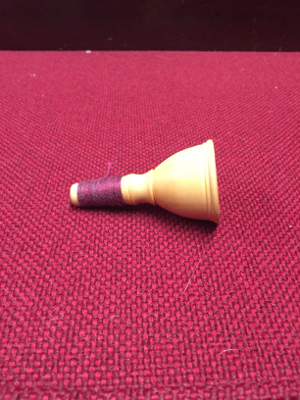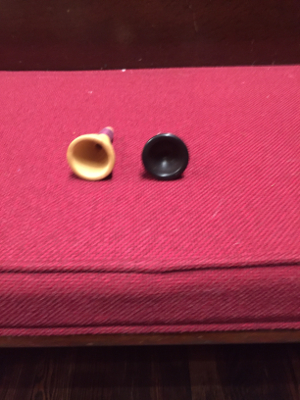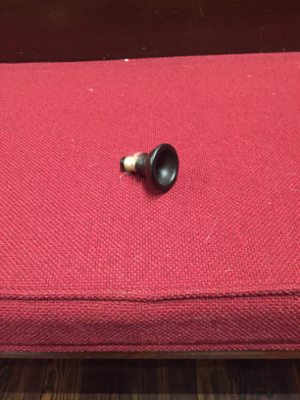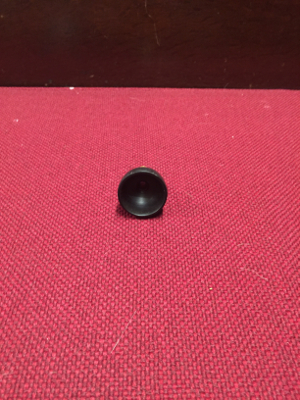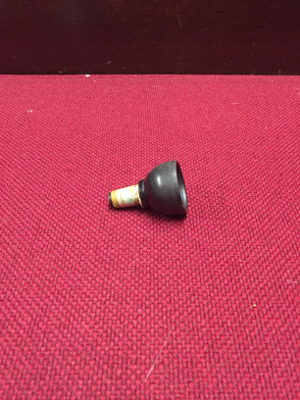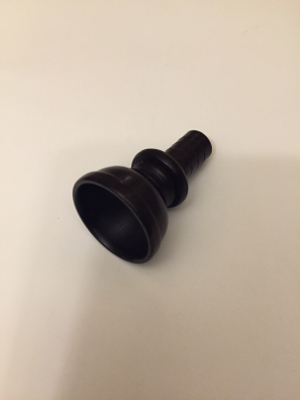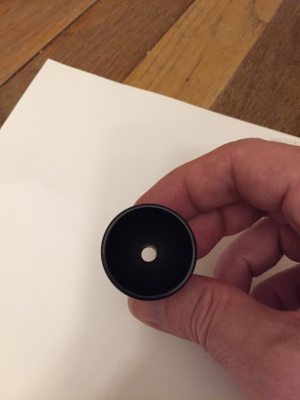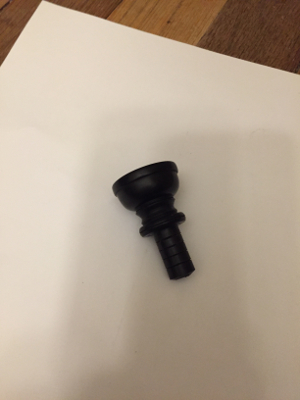
bout the Russian Bassoon
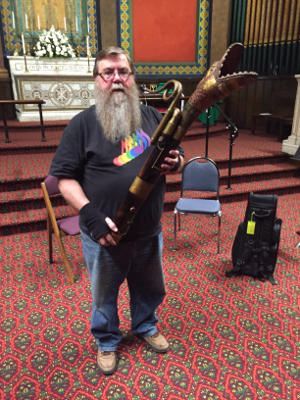 The Russian bassoon is neither of Russian origin, nor is it a bassoon. It in fact is a brasswind, and is played with a mouthpiece that you buzz your lips into, rather than a double reed like a bassoon. Its most notable feature is a zoomorphic brass head. These heads generally look like a serpent or dragon of some sort. Presumably the choice of creature is related to the instrument known as the serpent, to which the Russian bassoon is closely related. Unlike most modern brass instruments the Russian bassoon does not have valves. Instead it has fingerholes, like the serpent.
The Russian bassoon is neither of Russian origin, nor is it a bassoon. It in fact is a brasswind, and is played with a mouthpiece that you buzz your lips into, rather than a double reed like a bassoon. Its most notable feature is a zoomorphic brass head. These heads generally look like a serpent or dragon of some sort. Presumably the choice of creature is related to the instrument known as the serpent, to which the Russian bassoon is closely related. Unlike most modern brass instruments the Russian bassoon does not have valves. Instead it has fingerholes, like the serpent.
The Russian bassoon is a relatively recent instrument, and was created in the early 19th century. It was most common in France where it is known as the basson russe. The body of the instrument is made from wood. It is very much like the body of a baroque bassoon, or dulcian. It has a u shaped bore. As with the dulcian, a bocal is attached to one end of the bore. The other end of the bore terminates in the zoomorphic 'bell'.
Pictured here is an original 19th century Russian Bassoon owned by a friend of the site. It is currently being restored. For more information about the instrument visit Berlioz Historical Brass.
Pictured below are several mouthpieces that can be used with the Russian bassoon or with a serpent. The first one, which is ivory in color, is made of horn or bone. I believe that it was made by Sam Goble of England. The second is wooden and has a much sharper rim than the first. I also believe that it was made by Sam Goble. The last was made by olivewood by J. C. Sherman of Variations in Brass I will have to take better photgraphs of the last one. It is not black, but has a wonderful dark wooden tone. The mouthpieces have a semihemispherical shape with a sharp edge to the throat. They do not cover the sound, and the vibration of the lips is very appearant, as well as the sound of the airflow. In this way, they sound more like a reed, than the covered sound of a deep u shaped euphonium mouthpiece.

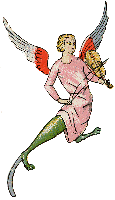
Page Design Copyright 2010 Michael Berger
Clip Art Copyright 2002 Dover Publications
